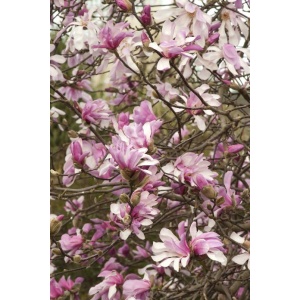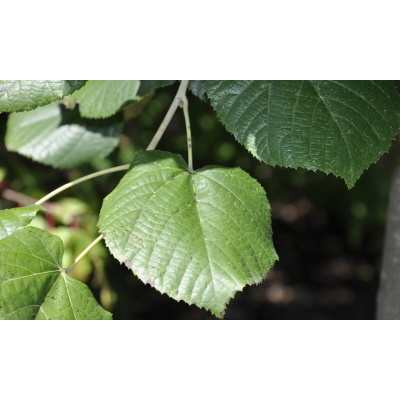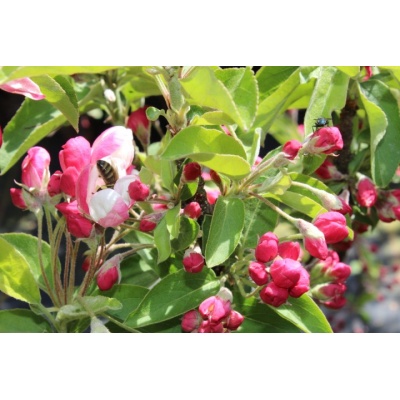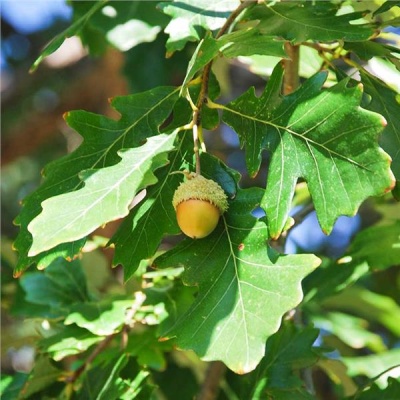Description
 Magnolia × loebneri ‘Leonard Messel’
Magnolia × loebneri ‘Leonard Messel’
‘Leonard Messel’ Magnolia
‘Leonard Messel’ is a compact cultivar with a multi-stemmed habit and beautiful two-toned flowers at an early age. The strap-like petals are similar to star magnolia, white on the inside and purplish pink on the outside. The flowers are less susceptible than most magnolias to late frosts.
Zone: 5 to 9
Height: 10.00 to 20.00 feet
Spread: 10.00 to 18.00 feet
Bloom Time: March to April
Bloom Description: White to purplish-pink
Sun: Full sun to part shade
Water: Medium
Maintenance: Medium
Suggested Use: Flowering Tree
Flower: Showy, Fragrant
Fruit: Showy




Reviews
There are no reviews yet.